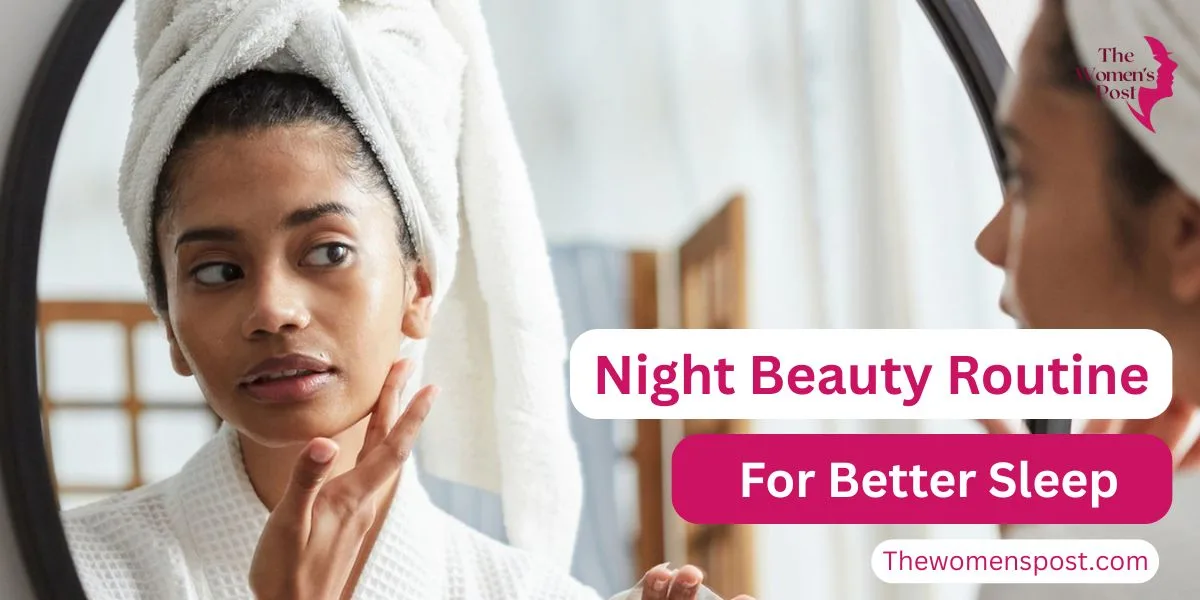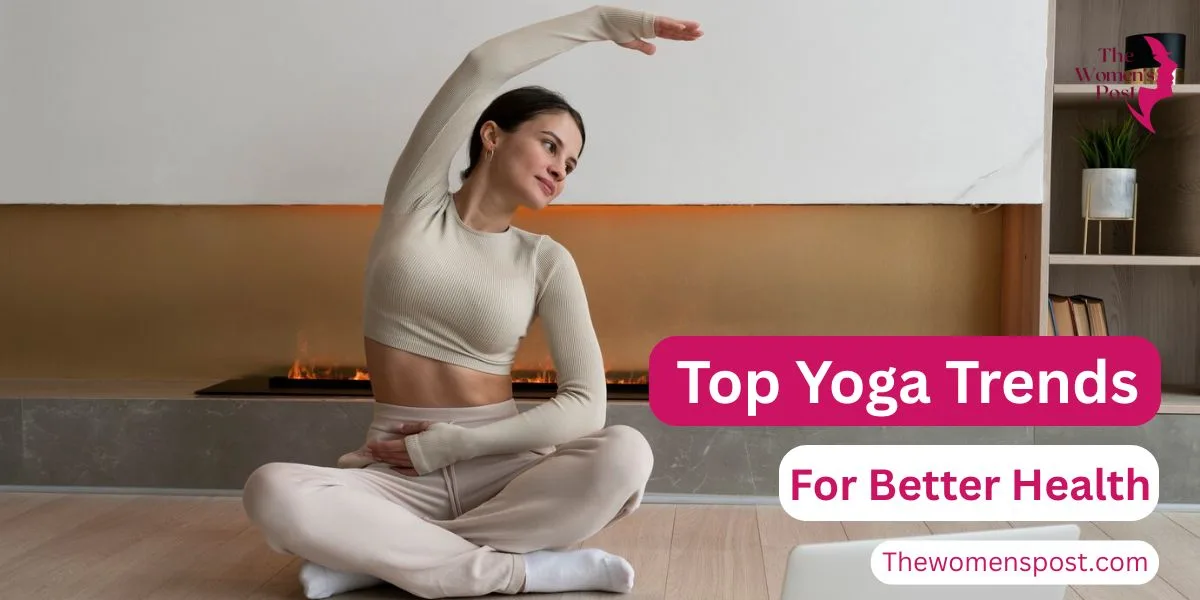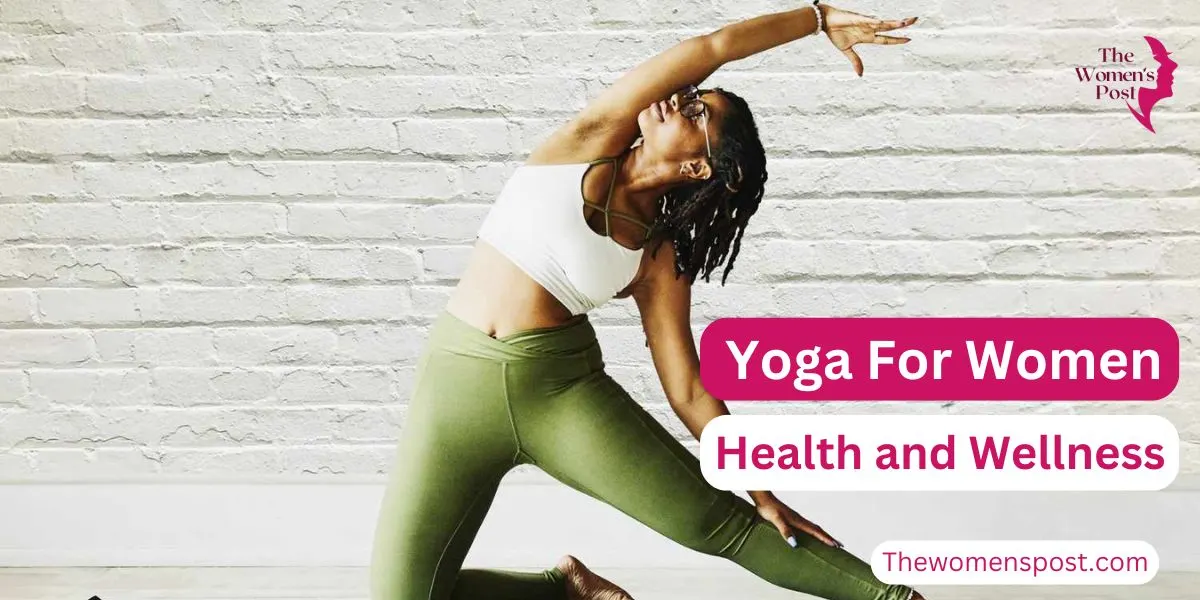Imagine relocating to a new city, pursuing your aspirations, and yearning for a feeling of belonging—all while dealing with the day-to-day obstacles of contemporary life. Now add the factor of being a woman in a foreign environment, when safety and support are just as important as convenience. Enter women-only co-living spaces, a burgeoning worldwide trend that is changing the way women live, work, and flourish together.
Why is co-living just for women?
Co-living spaces have traditionally been built for a wide range of people, with mixed-gender arrangements being the most common. However, while co-living is all about cost and sharing resources, it sometimes lacks one critical component: a strong sense of security and connection, particularly among women. This is where women-centric venues come in, providing a refuge where comfort meets community.
The appeal is evident. Women all over the world are looking for locations that not only give a roof over their heads, but also promote true friendships with like-minded people who understand their struggles and goals. These places are about more than simply living together; they are also about growing together.
A Global Movement: From New York to New Delhi.
Women-only co-living spaces are cropping up throughout the world, catering to students, working professionals, entrepreneurs, and digital nomads. In places such as New York and London, these houses provide high-end facilities, professional networking opportunities, and, most crucially, a built-in support system. Meanwhile, in cities such as New Delhi and Bangalore, they are addressing a more pressing issue: offering a secure refuge for women, who sometimes struggle to acquire accommodation owing to gender prejudices and safety concerns.
Western Boom: More Than Just a Trend.
Companies like The Wing (which began as a women’s co-working space and has since expanded into a lifestyle brand) and other similar projects are setting new benchmarks in the United States and Europe.
Asia’s Increasing Demand for Safe Housing
In South Asian nations, the growth of women-only co-living places is tackling long-standing societal issues. For example, India’s major centres are infamous for their difficult rental markets, where single women are frequently turned down by landlords. Companies like “CoHers” and “Your-Space” provide a much-needed alternative: fully furnished houses that prioritise security, convenience, and community.
Similarly, in Japan and South Korea, where cultural norms frequently emphasise traditional family ties, women are increasingly resorting to co-living as a means of gaining independence while remaining linked to a supportive environment.
Beyond Safety: The Emotional and Professional Impact
While safety is a top priority, these locations provide much more. Imagine coming home after a long day at work and exchanging experiences with housemates who understand—the trials of the profession, the hurdles of dating, or simply the simple delight of a shared Netflix marathon. These surroundings foster close friendships and professional cooperation, making living in a big city feel less lonely.
Many of these locations actively encourage personal and professional development. They organise health getaways, skill-sharing seminars, and networking events featuring female entrepreneurs and leaders. The goal is to foster an empowerment culture in which women support one another, transforming ordinary interactions into chances for growth.
Breaking Stereotypes, Building Futures
Of course, not everyone agrees with the idea of women-only venues. Some detractors say that segregation is not the solution, and that genuine development comes from integrating disparate populations. However, for many women, the ability to pick a location tailored precisely to their requirements is a game changer. It is not about excluding males; rather, it is about establishing situations in which women feel completely at home, free of societal expectations and safety concerns.
These venues also question established gender roles. Women from traditional families who may not have previously been permitted to live freely now have a stepping stone to autonomy. It’s more than simply a room; it’s about regaining their freedom to live their own lives.
The Future of Woman-Only Co-Living
With urbanisation and remote work on the rise, women’s co-living spaces are expected to grow in popularity. Technology is also playing a role, as applications and internet platforms make it simpler for women to locate secure, supportive living arrangements that meet their specific requirements. Some organisations are even growing into co-living travel experiences, providing short-term stays in various places where women may see the world without fear of harm.
As this movement expands, so does its influence. These places are more than simply housing; they are redefining the norms for how women live, work, and support one another. They represent a more inclusive future in which women control the world rather than simply navigating it.
Having a personal space
Virginia Woolf once expressed the need for “a room of one’s own.” Today, that space is more than just a symbol of financial freedom; it is a genuine, vibrant notion that is reshaping cities throughout the globe. Women-only co-living spaces are more than simply a place to sleep; they are places to develop dreams, form connections, and define one’s future.
So, whether you’re a young professional relocating to a new location, an entrepreneur seeking inspiration, or simply searching for a secure and supportive environment, know that the world is changing to meet your needs. Finding the proper house may sometimes be the first step towards discovering your position in the world.
Also read: Beyond the Catwalk: Tyra Banks’ Impact on Media and Business





